2023 Jeep Compass Altitude Review

Love It | Leave It |
|---|---|
Much improved powertrain | Oh so pricey |
Best-in-class infotainment | Tight rear seats |
Easy to place on the road | Unpolished ride |
We can’t accuse Jeep of not listening.
Almost exactly a year ago, the AutoGuide crew was putting a record 11 small SUVs through the ringer. We spent a week testing them all, living with them all, and naturally, ranking them all. While we only showcase the podium finishers, it’s safe to say the Jeep Compass did not challenge the front-runners. “The worst engine in the group” is an exact quote, from yours truly. Sorry, not sorry.
For 2023, Jeep has flushed the 2.4-liter “Tiger Shark” down the toilet. Stepping in is the brand’s 2.0-liter turbocharged four-cylinder, which boasts a useful increase in power—200 horsepower and 221 pound-feet—and at a more usable range, too. Has this heart transplant given the small SUV a new lease on life? I spent a week finding out.
Successful surgery
The switch to turbo power has done wonders for the Compass’ everyday manners. Hooked up to an eight-speed auto—one gear down from last year—the force-fed motor is torquey and responsive, allowing the Compass to cleanly and easily slice through traffic. With its compact footprint (173.4 inches / 4,404 millimeters in length) and an upright posture, the Compass is right-sized for the city, too. Find the nearest on-ramp, bury the throttle, and after a slight hesitation to kick down, the Compass powers forward. Yes, the little four-pot makes some noise as it approaches its low, 5,800-rpm limit, but its no worse than others in the class, and a far cry from the tortured buzzing of the Honda HR-V.
This year, the Compass is now exclusively available as a 4x4. Despite that, fuel economy is up, as the turbo engine doesn’t have to work as hard. Official figures are 24 mpg city, 32 mpg highway, and 27 mpg combined. (Canadian figures are 9.9, 7.4, and 8.8 L/100 km, respectively). My city-heavy week saw an average of 24 mpg (9.8 L/100 km).
Rough rider
With the engine going from zero to hero, the Compass must be a hit now, right? Not quite. The Trailhawk we drove last year rode on 215/65 17-inch tires; the Altitude rolls along on 225/55 18s, and the switch has a negative impact on the ride quality. Broken tarmac and bumps sends considerable noise into the cabin, and there’s a lot of lateral movement as the Compass tries to settle. This sort of composure is acceptable when the trade-off is some of the best off-roading chops in the small SUV space. But the Altitude is just the mid-trim option, the one that is more likely to spend time on tarmac. It’s not uncomfortable, but the Compass’ ride quality can’t match the poise of the Mazda CX-30, nor the loose-limbed robustness of the Subaru Crosstrek.
The steering has an okay amount of weight, and the brake pedal feel is progressive. There are a few selectable drive modes, though as the week sees nothing more than a light rain, I don’t get the opportunity to really put them through their paces.
Inbetweener status
It’s time to address the elephant in the room. We stuck the Compass up against vehicles like the Nissan Rogue and Hyundai Tucson last year—models that are more or less a size up. Jeep had the Cherokee to handle that, but now it’s discontinued, leaving the Compass to fill the gap.
Now in many ways, I think it’s a smart play from Jeep. Modern “compact” SUVs are anything but, and the Compass is up to about a foot shorter than them. That’s a useful sales pitch for people tired of the bloat found elsewhere. They don’t even sacrifice too much passenger space, either: the Compass is practically on par with the best-selling Toyota RAV4 in most measurements, and even beats it on rear legroom (38.3 in / 973 mm tops 37.8 in / 960 mm). At least, on paper. The Jeep’s small door openings, along with a high belt line, result in a back row that just isn’t as comfortable for adults.
The front row is a much nicer place to spend time, with comfortable and supportive leather seats. It’s here the driver and passenger can take in what is the best cabin in the segment. Grand Cherokee vibes filtered down to its baby brother as part of the 2022 update, and the Compass continues to feel classy and premium. The perforated dashboard, tasteful bits of brightwork, and the hidden air vents are all excellent touches.
Compass buyers also have to contend with a smaller cargo hold (27.2 cubic feet or 770 liters with the seats up) and a maximum towing capacity of 2,000 pounds.
Front-runner tech
Another area where Jeep—and indeed, Stellantis—excels is its infotainment. The Compass runs Uconnect 5 on a 10.1-inch touchscreen, comfortably the best setup you’ll find in a small SUV. It’s easy to use, snappy, and sharp, with simple wireless smartphone mirroring too. Users can also save different profiles, connect more than one phone simultaneously, and make use of over-the-air updates. If only the wireless charging pad were bigger…
Other useful tech includes a digital instrument cluster, which offers the driver various themes. Jeep has also widened the standard driver assist roster for 2023. In addition to most of the usual helpers, the Compass now features a drowsy driver detection system, and rear seat reminder. Every trim except the base Sport also features auto high beams. Jeep still keeps adaptive cruise control locked behind an option package, which is equipped here. While competitors provide it standard, I will say that Jeep’s is a good example of the tech, with natural throttle and brake applications.
Dollars and sense
While it may be smaller than some of its quasi-competitors, the Compass doesn’t offer an appreciable discount because of it. This tester comes with three option boxes ticked: premium paint ($495 / $395 CAD), the Convenience Group ($1,995 / $1,195 CAD), and the Driver Assistance Group ($1,795 / $2,595 CAD). All that combines for an as-tested price of $40,170 ($48,775 CAD) including destination.
Now admittedly, that brings some swanky upgrades, including a 360-degree camera and parking assist. But you’re still encroaching on loaded RAV4 or CR-V territory. Sticking to the slightly smaller fare, only a Mazda CX-30 Turbo comes within five grand of the Compass. Well, that or the related Dodge Hornet, which uses the same engine but with 268 hp and 295 lb-ft.
Verdict: 2023 Jeep Compass Altitude Review
Make no mistake: the 2023 Jeep Compass Altitude is a better package than before. The engine swap makes it vastly more liveable day-to-day, and improves efficiency to boot. The new powertrain shines so bright that it highlights previously overlooked weaknesses. It would have been great to have another Trailhawk which, while admittedly more expensive, at least offers an appreciable off-road edge over most of the segment.
As is, the Altitude is a fine machine tasked with covering two huge segments. If your tastes lean more adventurous, then check out the Trailhawk. Want more road-oriented comfort? Buzz on over to a Dodge dealer.
Become an AutoGuide insider. Get the latest from the automotive world first by subscribing to our newsletter here.
2023 Jeep Compass Altitude | |
|---|---|
Engine: | 2.0L I4 Turbo |
Outputs: | 200 hp, 221 lb-ft |
Transmission: | 8AT, 4WD |
US Fuel Economy (mpg): | 24/32/27 |
CAN Fuel Economy (L/100 km): | 9.9/7.4/8.8 |
Starting Price (USD): | $29,995 (inc. dest.) |
As-Tested Price (USD): | $40,170 (inc. dest.) |
Starting Price (CAD): | $38,190 (inc. dest.) |
As-Tested Price (CAD): | $48,775 (inc. dest.) |

Kyle began his automotive obsession before he even started school, courtesy of a remote control Porsche and various LEGO sets. He later studied advertising and graphic design at Humber College, which led him to writing about cars (both real and digital). He is now a proud member of the Automobile Journalists Association of Canada (AJAC), where he was the Journalist of the Year runner-up for 2021.
More by Kyle Patrick



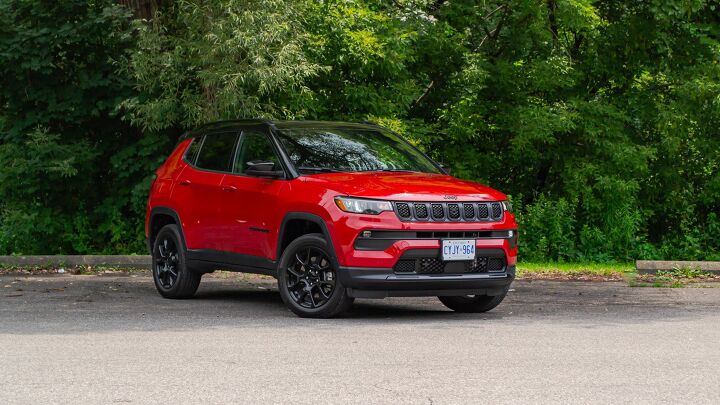
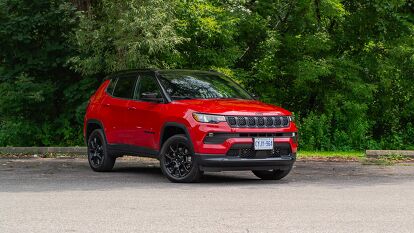
































































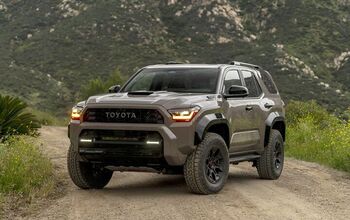
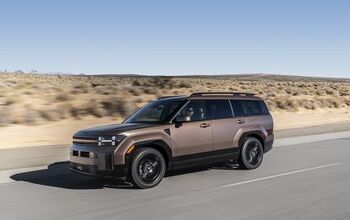
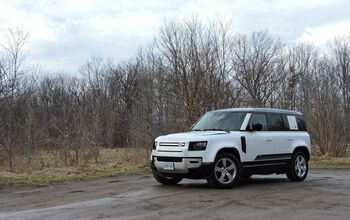

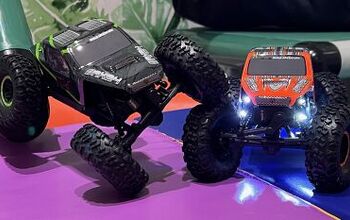
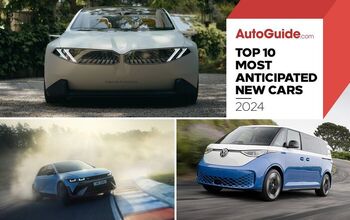



Comments
Join the conversation
Anything they make is junk!